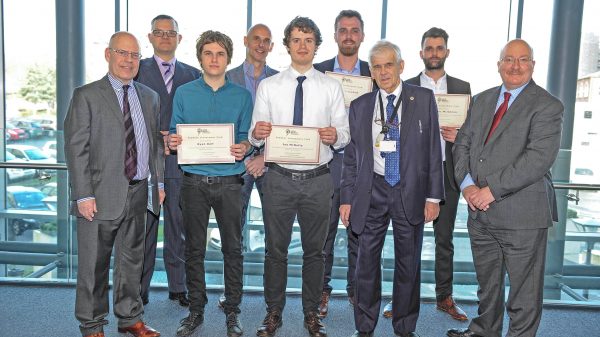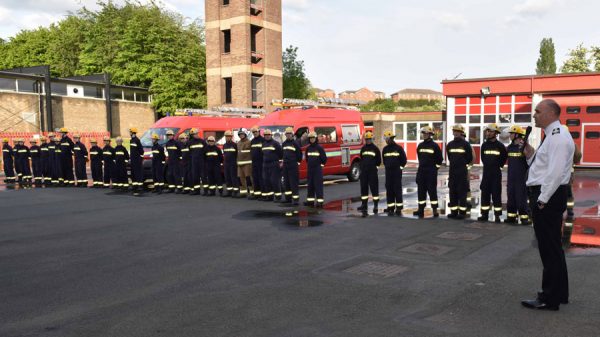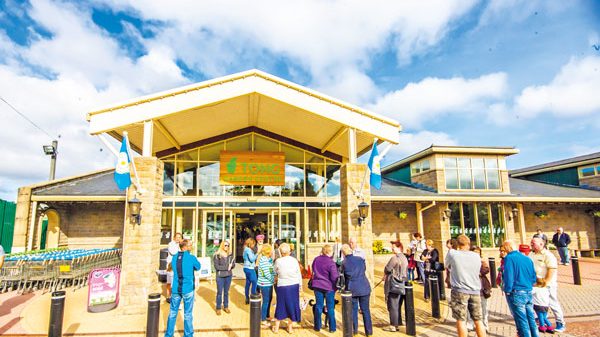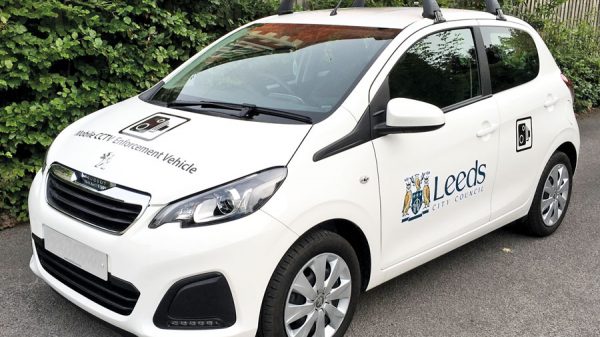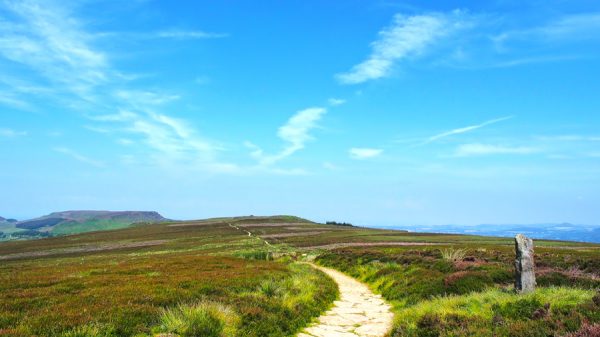The delivery of the West Yorkshire devolution deal will take another step forward next week when the five West Yorkshire councils and the West Yorkshire Combined Authority are asked to agree that the parliamentary process to put it into law can go ahead.
The authorities will review the draft order, a legal document setting out the powers and functions of the Mayor and how the Mayoral Combined Authority will operate. The order has been drafted by the Government based on the devolution deal agreed between the Councils and the Government, and findings from the eight-week public consultation carried out by the Combined Authority and West Yorkshire councils over the summer.
The results of the consultation, the largest ever public consultation on English regional devolution with over 4,400 responses, are available in the summary report at: https://www.yourvoice.westyorks-ca.gov.uk/wydevolution
What is the Devolution Deal?
The devolution deal builds on more than 15 years of successful partnership working between West Yorkshire councils and the wider Leeds City Region, which includes securing the £1.2 billion local enterprise partnership (LEP) Growth Deal, – the country’s largest – establishing a £1 billion Transport Fund to deliver local transport improvements in West Yorkshire and York.
The deal, which West Yorkshire’s five council leaders agreed with the Government in March 2020, will bring at least an additional £1.8 billion public investment into local control over the next 30 years, plus greater freedoms to take decisions locally on the issues that affect communities. Extra investment is already coming to the region ahead of the deal becoming law and the region has joined the M9 group of mayoral combined authorities, giving it stronger national influence alongside the other elected mayors in England.
The devolution deal will help the region invest in economic recovery by supporting transport improvements, adult education, skills and jobs, infrastructure, housing and regeneration.
In a joint statement, West Yorkshire’s five council leaders, Cllr Susan Hinchcliffe (Bradford), Cllr Tim Swift (Calderdale), Cllr Shabir Pandor (Kirklees), Cllr Judith Blake (Leeds) and Cllr Denise Jeffery (Wakefield) said:
“Last month, our councils and the Combined Authority backed and submitted to government the findings from the devolution public consultation, the largest ever public consultation on English regional devolution, to ensure the people of West Yorkshire get a deal that addresses the issues they really care about. The findings from the consultation were supported by most of the people who participated. We will now discuss the order which the government has submitted for our consent.
“COVID-19 has highlighted just how crucial it is that decisions which affect local communities are taken by people who know and understand those communities, supported by the investment to deliver on local priorities. This deal is the critical starting point to ensuring West Yorkshire is able to make the strongest possible recovery from this crisis and prosper in future.
“Our local areas are already seeing the benefits of the deal through the early funding we have secured to develop brownfield sites for housing, deliver much-needed transport improvements and support people to develop the skills to find good work in a challenging job market.”
What the Devolution Deal Will Mean for Local Areas¶
The devolution deal will give West Yorkshire communities a greater say about the issues that affect them, plus extra investment to deliver on local priorities. This will include a £100 million+ a year single investment fund for the whole of West Yorkshire, with the Mayor and local council leaders deciding how this will be spent.
Examples of projects which could benefit from the devolution deal include:
Bradford
- £500,000 of Government funding to support master planning in Bradford City Centre to maximise regeneration opportunities from Northern Powerhouse Rail – a city centre high speed stop would add up to £15 billion to the North’s economy
- A package of measures to transform Bradford city centre through pedestrianisation, new cycle infrastructure and better access to Bradford Interchange
- A new park-and-ride for South Bradford providing alternative access to the city centre and key employment sites
- The Government has also committed to working with Bradford Council on developing the district’s Act Early research hub which focuses on early interventions in childhood health to improve lives and opportunities for children and their families, building on the world-renowned work of Born in Bradford
Calderdale
- A new bus station for Halifax and a new rail station for Elland
- Improved access to Halifax rail station, including a new footbridge
- Improved accessibility in Halifax, enabling people to travel more easily by bike or on foot into and across the town centre
- Improved routes by bike or on foot to the new Elland rail station
Kirklees
- Improved access to Dewsbury town centre with a revitalised bus station and high-quality walking and cycling routes within the town centre and to Kirklees College
- Improved public transport to and within Huddersfield town centre, with a refurbished bus station, upgrades to Huddersfield Rail Station and new cycling and walking routes linking the stations and neighbouring areas
- Improvements to bus interchanges and waiting facilities with a new bus hub at Heckmondwike
- Improvements to bus reliability and cycling between Batley and a major development site at Chidswell and on towards Leeds
Leeds
- £25 million to support the development of a British Library North in Leeds
- Funding to support the redevelopment of Leeds rail station to prepare the city for HS2 and Northern Powerhouse Rail. This includes major works to the front of the station to improve access for people travelling to the station by foot or on bike, including a 700-space secure cycle parking facility
- New high-quality cycle infrastructure to link communities on the edge of the city centre with new jobs and colleges both in the city centre in Leeds South Bank by bike
- New bus priority measures in east Leeds to improve capacity for commuters travelling into Leeds city centre as well as reduce congestion and improve reliability for residents and commuters
- A new rail station at White Rose to increase capacity for future employment growth and provide greater access to jobs and education opportunities for the communities of Churwell, Millshaw and Cottingley
Wakefield
- The transformation of Wakefield city centre with a reduction of traffic in the Northern and Civic Quarters, complemented by improvements to cycle and walking routes
- A new cycle route between Wakefield Kirkgate rail station and the town centre and improved access to Wakefield bus station by foot
- New bus priority and cycling and walking infrastructure on the A61 and A639 corridors, making it easier to travel sustainably between Leeds and Wakefield and reducing dependence on cars

